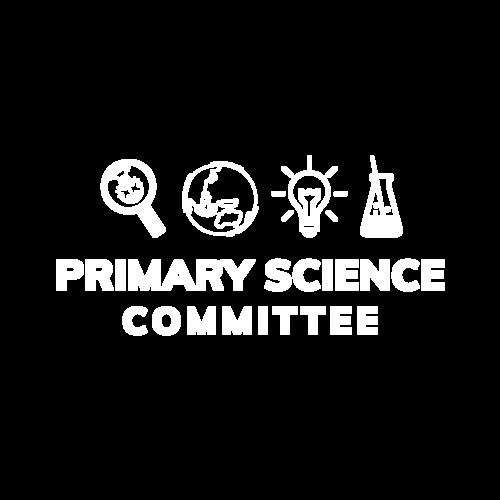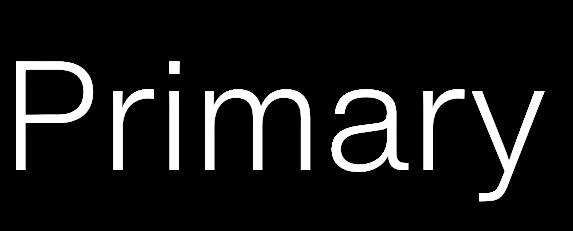
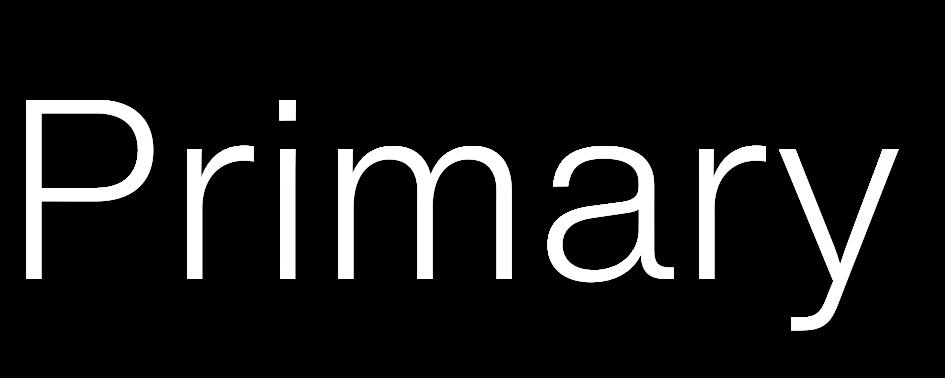















Thisjournalaimstopromotetheteachingof sciencewithafocusonclassroompractice It providesameansofcommunicationbetween teachers,consultantsandotherscience educators Opinionsexpressedinthis publicationarethoseofthevariousauthors anddonotnecessarilyrepresentthoseofthe ScienceTeachers’AssociationofWestern Australia(STAWA),theeditorialcommittee,or thepublisher
STAWAOffice Unit1/7GympieWay, Willetton,WA6155
CONTACT
Phone:(08)92441987
Email:admin@stawanet Web:wwwstawanet
EditorialCommittee
Allan Knight
John Clarke - STAWA
Lyndon Smith
Mady Colquhoun
EditorialCorrespondence admin@stawanet
GraphicDesigner
Pamela Getalado
Marketing & Communications Coordinator Contact email: admin@stawanet
AdvertisinginSCIOS
If you would like to advertise in SCIOS, please follow the link here to express your interest and submit your deliverables
©2025TheScienceTeachers’Association ofWesternAustralia(STAWA) Allrights reserved Nopartofthispublicationmaybe reproducedorcopiedinanyformorbyany meanswithoutthewrittenpermissionof STAWA Unsolicitedmaterialiswelcomedby theEditorbutnoresponsibilityistakenfor thereturnofcopyorphotographsunless specialarrangementsaremade
ISSN0157-6488
More About Turtles (Years 3-6)
Fun Arthropod Activities for Early Childhood
Synergy Solar Car ChallengeRound Up for 2025
UPCOMING EVENTS
Open Lab Afternoons
ConASTA 72 Science Talent Search
Sisters (Southwest WA)

AbouttheEditor
MadyColquhounistheChairoftheSTAWAPrimaryScienceCommittee,the CONSTAWAConvenor,SCIOSPrimaryEditorandamemberoftheSTAWA Board ShewaspreviouslyaPrimaryScienceSpecialistforover10years Currently,throughSTAWA,Madynowsupportsteachersofprimaryscience
Welcome to SCIOS Primary in Term 2!

Have you booked your day or perhaps days for ConASTA 72 yet?
th
Remember, the Primary focus day is Monday 7 July, but ALL days have a wide selection of primary targeted workshops Check out the incredible range to find some Professional Development hand-picked by you!
Now for the special events:
“Welcome to Perth” event at Scitech (Monday, 7 July 2025)
Join in the welcome function at Scitech with a range of happenings and delicious food and wine. An amazing Planetarium experience will be given by the terrific Brad Tucker from ANU His enthusiasm and knowledge are astounding Please note that there is a small charge of $30 for this event
Stanhope Oration and Stile Trivia Night (Tuesday, 8 July 2025)
After the offsite adventures on Tuesday, there is a Sundowner followed by the Stanhope Presentation with an Emeritus Professor from UWA discussing - ‘Music education and a life time of Benefits’. Among other interesting aspects, he will look at brain circuits, neurochemistry, music, dance and memory
Next, head to the Stile Trivia Night for some fun. If you are not sure who else is going to this quiz night, let us know at the STAWA table and we will find some keen
teachers for you to join with Come on Primary teachers - let’s show the Secondary Teachers what we can do!
So much happening and better still – these Tuesday events are included in your registration fee and are at the Pan Pacific Hotel
Conference Dinner (Wednesday, 9 July 2025)
Have you ever wanted to eat dinner under a whale?
Well, here is your chance as the annual ConASTA dinner will be underneath the whale skeleton at Boola Bardip!
Pre-dinner drinks will be held elsewhere in the museum from 6:30 pm, then we will wander across to dine under the whale skeleton and enjoy some fabulous food and 2 great dinner guest speakers
Partners and friends are welcome to attend the dinner – extra tickets can be purchased separately to your conference registration.
You still have time to register for ConASTA until Monday, 30 June 2025
Science Talent Search school registrations are still open until Thursday, 3 July 2025 Students should be planning what they are going to do as we know time goes so fast
We welcome everyone to attend the Open Labs and have another one scheduled! Chris Lambe is sharing his vast experience and wonderful lab on Thursday, 29 May at Grandis Primary School Don’t miss this Open Lab
Many thanks to Larissa Carpenter and Michelle Pyzik for generously opening their labs for primary teachers to meet and chat about all things primary science
See you at ConASTA this July!
Mady Colquhoun Chair
STAWA Primary Science Committee

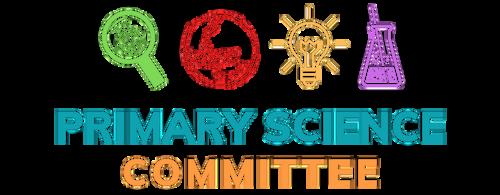
Kaye Henning (Science Specialist, North Harrisdale Primary School) and Mady Colquhoun (STAWA Primary Science Committee Chair)
They are living around us in wetlands, creeks, river banks and the ocean, but what do your students know about them?
Following on from the article in term 1 looking at turtles for early childhood, we present some ideas to consider for years 3 – 6. The updated WA curriculum for implementation in 2026 is referenced
Living things can be distinguished from non-living and once-living things, and grouped by their characteristics
Comparing Turtles
Using a Venn diagram, students compare marine turtles to freshwater turtles Particularly look at leg structure
Exploring Shells
Students observe and compare shells of different turtle species They can discuss how shells provide protection and why they might have different colours or patterns
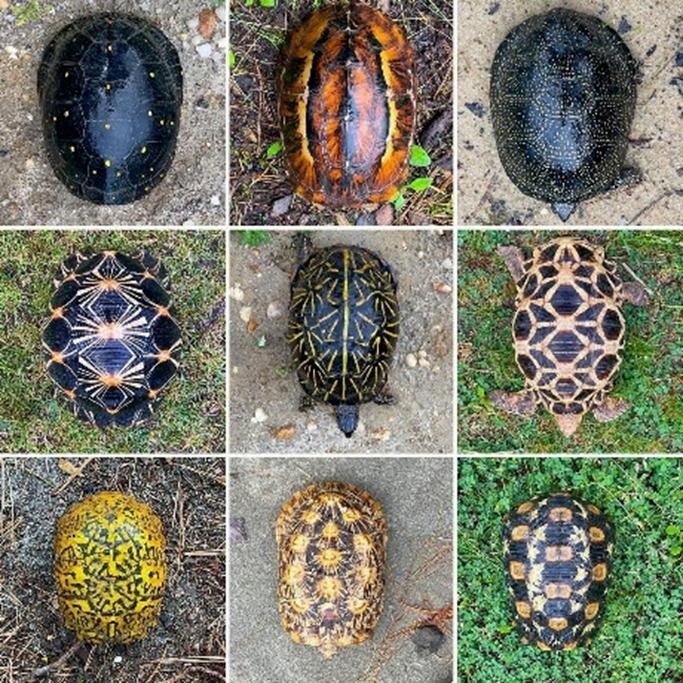
Turtle Observation Stations
Set up stations with photos, models or videos of different turtles Have students observe and describe differences, such as shell shape and size, leg structure
MRS GREN
How do turtles show these characteristics?
Body structure
Label a diagram (self-drawn) showing the body parts of a turtle. Encourage realistic proportions and different views of the body.
Classification
Classify turtles into one of the main animal groups using a simple dichotomous key
Producers, consumers and decomposers have roles within a habitat and interact in ways that can be represented by food chains
What do turtles eat?
Students investigate and compare the diets of different (local) turtle species
Introduce herbivores and carnivores Categorize the foods each species eats
Students could also consider how a turtle’s diet is affected by its habitat
What eats turtles?
Do any native animals prey on turtles?
Do any feral/introduced animals prey on turtles?
When is the turtle most vulnerable to being eaten?
Do humans eat turtles?
Food Chain
Create a poster showing a turtle’s place in the food chain, identifying it’s predators and prey
After a turtle dies
What happens to a turtle’s body after it dies?
What evidence can you find of a turtle a long time after it dies?
Look at fossil evidence of turtles.

Living things have structural and behavioural adaptations that enable their survival in their habitat
Turtle adaptation research
Students choose a local turtle species and research its specific adaptations, like flippers for swimming or retractable head for protection.
Body parts research
Students can choose a specific body part ( e g shell shape, flipper, mouth) and learn how these may be different for turtles in different habitats Create a simple presentation explaining how these adaptations help survival
Behaviours to explore
Why do turtles go in and out of water?
What is neck withdrawal?
Which turtles aestivate and why?
Why is digging an important part of the life cycle? Which behaviours might help if confronted by a predator?
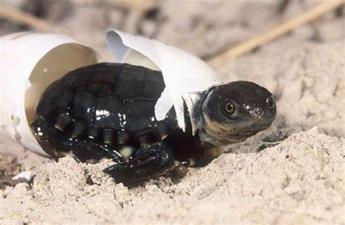
Design a turtle shell
Students design a shell that would help it survive in a specific environment (eg , ocean, muddy swamp, beach area) This could be extended to designing a whole turtle for a new environment where they are not usually found
Turtle survival simulation game – behavioural adaptations
Create a simulation in the classroom where students role-play as turtles and must navigate obstacles (e.g., predators, environmental challenges, human interference). They will need to make choices and predict how those decisions affect their survival Discuss the real challenges turtles face in the wild or suburbs
Turtle migration
Explore the migration paths of sea turtles Students can use a map to trace these routes and discuss why turtles migrate
Tracking turtle migration
Introduce turtle migration by showing videos or using a map of the world to track the migratory paths of sea turtles Students can then research different turtle species and track the distances they travel, recording this data on a map and analysing patterns in turtle movements How do they ‘know’ where to go each year? (Behavioural adaptation)
Tracking turtles
Use online resources to track real sea turtles tagged with GPS Discuss the data and where the turtles go throughout the year Why do turtles migrate?
Resources –
I still call Australia home: Satellite telemetry informs the protection of flatback turtles in Western Australian waters paper https://esajournals onlinelibrarywileycom/doi/101002/ecs2 4847 Ningaloo Turtle Program
Turtle Tracking http://wwwseaturtleorg/tracking/
The growth and survival of living things are affected by the changing conditions of their environment and the influence of human activities
Consider the effects of changes in environment on turtle survival in your area
Perhaps consider roads, feral animals, predation by birds, people causing nest disturbance, fertiliser or pesticide runoff or a drying climate creating a challenge for turtle survival
Solutions can be explored - making artificial nests, road design and placement near wetlands, community education, feral animals control, Citizen Science projects- Junior Turtle Tracker?
Where to go if you need help for an injured turtle? What should you do?
What to do if you see a ‘lost’ turtle?
How do you know it is lost?
Should you handle a turtle?
Food chains
Explore the changes in food chains when feral animals are in a turtle area
Eco-system role-play
Students role-play different elements of a turtle’s ecosystem (e g predator, prey, ocean currents) to understand how they may affect a turtle’s survival
Impact of pollution on turtles
What type of pollution might be in rivers, oceans?
Discuss how pollution affects turtles - students can participate in a ‘beach cleanup’ simulation in class, collecting small pieces of plastic around the school relating it to the impact on turtles
The threat of plastic bag use and disposal could be considered
Research into turtle conservation
Each student researches a specific conservation issue facing (local) turtles (e.g.: plastic pollution, habitat destruction, feral predators) and presents solutions.
Design a conservation campaign
Students create posters, brochures, or digital presentations promoting turtle conservation, using research to support their ideas (Image of building nest protection cages: City of Cockburn)

Organize a class debate where students take sides on the importance of conserving turtle habitats (eg , reducing plastic pollution, protecting nesting sites) vs allowing human interference with habitat destruction for much needed housing, important roads, industry etc.
Students can investigate and discuss real-world conservation efforts and how human actions impact turtle populations
How can you make a difference?
Consider becoming a turtle watch school! https://aaeewa org au › turtle-watch-education-kit
Resources
There are some terrific local resources to support you for your Turtle Science exploration Search ‘Turtle Watch WA’
SERCUL has a Turtle Kit to borrow and runs a Turtle-ology! Workshop

CREEC has a Turtle Beware loan kit suitable for K – Year 2 (free to loan for 3 weeks) and also runs the Turtle Watch accreditation program for schools Dr Anthony Santoro (Murdoch University) coordinates the ‘Saving our SnakedNecked Turtle’ Citizen Science program

Could your students be trained as Citizen scientists and contribute to a real life science program?
Turtle Tracker’ is coordinated by Murdoch University and the City of Cockburn Friends of the Western Swamp Tortoise 1 Million Turtles (this is an Australia wide education program with many lessons to peruse)
Mady Colquhoun (STAWA Primary Science Committee Chair)
I am still having fun tackling science in my grandchildren’s classes so here are two more activities for younger children! While these 2 lessons are both focused on Arthropods, I approached the kindy and pre- primary lessons from different angles
I am lucky enough to have a collection of the resin insects you can buy They are quite expensive but definitely well worth it You could also use collected dead insects or even videos Beware of plastic toys or other styles of models – check that they are actually accurate enough for your purposes. I have seen models where legs are incorrectly attached to body parts and even insects with 8 legs and spiders with 6!

Design your own insects and make sure it has 6 legs!
Kindy lesson – The purpose of this lesson was to look with amazement at the wide variety of insect bodies with the focus mainly on one common fact – they all have 6 legs! We did touch on 3 body parts, but it is difficult to see this aspect clearly on many specimens, so it was not the main priority
Initially, I had a bag with some resin insects in and asked the teacher to put their hand in and pull out one This was to show that the insects are in resin and therefore safe to handle as well as hopefully encourage less confident children to have a go All students became quite excited and wanted to have their lucky dip! I wish I could show you the interest and awe on their faces
Also, I have discovered it is difficult to get clear photos of the insects through the resin – apologies!

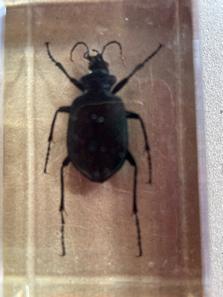
They looked at the insects carefully and exchanged specimens with others Much discussion and many ‘Wow!’ moments occurred
We looked for and discussed heads, eyes, wings, legs, body shapes and sizes, feelers plus colours and patterns Of course, there were special features on some specimens which were so interesting. The end point was counting how many legs each specimen had – and yes! They all had the required 6 legs – despite a few mistaking antenna or big mouth parts on some beetles for legs We considered how different insects might move based on the structure of their legs
We spent quite a long time exploring the specimens (I have a lot) as well as trying a few role plays with movement – flying, walking, jumping, and finding insect specimens which might move like this
Then, we looked at how to design our own insect I introduced 3 body parts: bent/jointed legs, and had optional wings and body decorations I modelled how they might do this with paper body parts As long as they had a head and a body of some sort, it was fine Alternatively, you could cut out insect bodies with the head, thorax and abdomen already in place. I let them choose different shapes and colours for these parts so they could connect the 3 body parts themselves
Then, they headed off to design their own insects with paper body parts, wings if wanted and glue


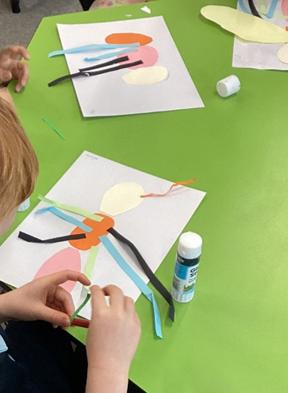
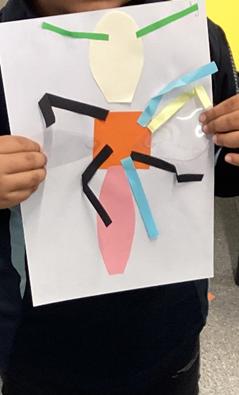
This was definitely a challenge for some children – they designed insects with legs in all sorts of places though I am pleased most seemed to have 6 legs! They were very proud of their creations, and I found this activity rounded out the science hour well, being much more creative than just colouring in an insect
This was a pre-primary lesson linked to Physical Sciences
I added in a physics component for pre-primary –looking at how things move and how it is related to their structure There was also some biology ideas considering where arthropods live and why they might live there I extended the resin animal specimens to include all arthropods
Arthropods means ‘jointed legs’ and so our specimens included spiders, insects, and myriapods with the focus being on movement and jointed legs
My grandson’s school is lucky to have a small natural bush area they can access I headed over there and hid the resin specimens in various places (hint – take photos of each animal in its habitat to ensure you find every specimen –we could not find one but luckily a keen student found it 2 days later)
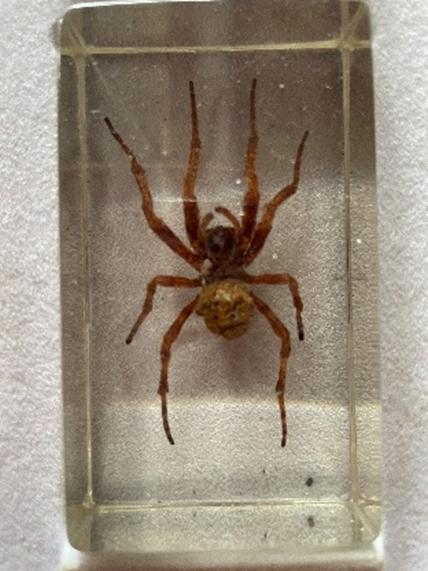
After retrieving all the specimens - with a lot of enthusiasm - we discussed why they might be living in the various places then looked at the specimens in detail with a focus on the jointed leg structure We compared this to our own – we have leg joints too but are more limited in the directions we can bend them We used our arms to model jointed Arthropod legs to show how they are able to bend and move in different directions
Having two legs also makes us a bit less stable – compare your balance on 1 leg, 2 legs, 3 legs or 4 (using arms of course) These are tricky concepts as of course we are well adapted to walking on 2 legs, so it is normal for us
On the way back to the classroom we tried walking and jumping with ‘bent’ jointed legs like spider and insects That was fun and they tried to turn their legs out like some arthropods do Jumping was the favourite!
We looked at some slo-mo videos of insects and spiders running, walking and jumping The size and apparent strength of some of the legs – particularly back legs was a talking point when the students saw how far/high arthropods could jump compared to their size, or how fast they could run
I had drawn lots of legs parts – top, middle and lower sections The size and shape I chose for each section was not important as insects have a wide variety of leg parts I chose 3 parts for their legs as this was fairly common in insects and I felt that it would
be enough to handle Some arthropods have more parts to their legs (e g spiders) My sample was thick cardboard but the students had thin cardboard
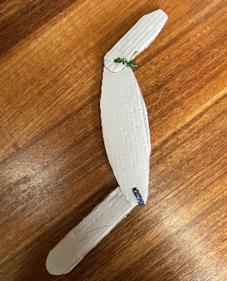

They needed to complete cutting the leg out Each part had a hole punched in the top and/or bottom to allow them to join them to make a functional moving leg We used small pieces of pre-cut pipe cleaner (chenille sticks) as stapling them would not allow them to move
The children found it a challenge to join the leg parts but most managed it eventually and then could move their model leg to see how the insect would move it
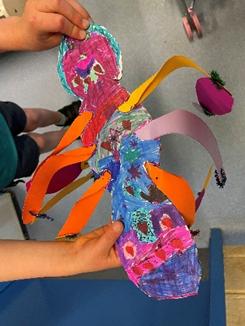

As a follow up, the teachers connected 6 legs to the thorax of a large insect body which was then decorated These colourful insects with their jointed legs were hung around the room I know the children enjoyed this activity as many of them spoke to me after school or at the local shops about what they enjoyed!
If you are accessing school gardens or local bush, always scout the area first and look out for hazards For example, hiding the resin specimens too far in a bush may lead to leaves and branches in eyes All my animal’s homes were quite exposed and fairly easy to see
Chenille sticks – ensure the cut ends are not exposed and show students how to use them safely
There are lots of space themed words Let’s face it - space is an amazingly interesting place and most students are fascinated!

Space Word
Astronomy
Explanation Interesting Facts
The scientific study of celestial bodies and their properties
Astrology is a belief system that the movement of planets, stars, the sun and moon can have a direct influence on human lives and is often confused with the scientific process of astronomy
Asteroid
Celestial bodies
Comets

Sometimes called minor planets, they are rocky, airless remnants from the early formation of our solar system
Includes but not limited to planets, stars, moons, comets, asteroids, nebulae and galaxies
Ice body with frozen gases, rock and dust that is in orbit around a sun As it gets closer to the sun it melts creating a ‘tail’ that is visible, stretching for millions of kilometres The regular orbits of many comets can be tracked
There are currently 1,450,353 asteroids in our Solar System!
Celestial may also be used to describe someone or something as having more of a divine connection
Halley is the most famous comet and its regular appearance in our sky can be traced back more than 2,000 years It takes 76 years to orbit the sun, and we will see it again in 2061
Bits of rocks and ice ejected from comets as they move in their orbits around the sun are meteoroids
They are called meteors as they pass through the earth’s atmosphere
Meteoroids can be as small as dust grains or as big as a small asteroid
If there is any rock that survives the passage through the Earth’s atmosphere and hits the Earth’s surface then is it referred to as a meteorite
Moon

Many meteors burn up completely or are extremely small when they land on the Earth’s surface and therefore extremely difficult to find
Earth’s natural satellite
The Sun illuminates one half of the moon while the other half remains dark
We always see the same side of the Moon because it revolves around the Earth at the same rate that it rotates
Shooting stars are meteors burning up as they pass through the atmosphere at very fast speeds
A fireball is an extremely bright meteor passing through the atmosphere
One was seen in the Perth sky in May
https://fireballsintheskyco m au/
It is estimated that about 44,000 kgs of meteoritic material falls towards the Earth’s surface daily! Most is burned up in the atmosphere
The entire lunar surface has been mapped by a lunar orbiter - including the side that we cannot see
‘Luna’ is Latin for the moon – hence all things lunar in our language
The Phases of the Moon are a difficult concept and there are many videos to assist in explaining this to students
Satellite
A natural or manufactured body that orbits another body in space
The Earth is a satellite of the Sun
The Moon is a satellite of the Earth
The International Space Station and the Hubble Telescope are satellites of the Earth
Sun

Our solar system includes the Sun, 8 planets, 5 officially named dwarf planets, hundreds of moons and thousands or perhaps millions of asteroids and comets
A giant ball of hot gas –mostly Hydrogen with some Helium and other elements Can give light and heat energy for billions of years Lucky for us on Earth!
Our sun (a star) - the main source of our heat and light - holds our solar system together by its immense gravity
Voyager 1 was launched by NASA in 1977 and took 35 years to leave our solar system (2012) It still is sending data back to Earth today!
Astronomers estimate there could be up to 24,000,000,000,000,000,000, 000,000 Stars in the universe!
The Latin word for sun is ‘Sol’ – hence all the solar words in our language
A great activity for Year 5s looking both at adaptations and space!
Create an Alien - Looks at What does life need to exist? There are links within the document
https://astroedu-live-23c120ac21e54624824f07dd7-9e38bc8 diviomedia org/pdf/astroedu-1303-en pdf (retrieved March 2025)
Don’t forget our local resources
Perth Observatory
This Talk Like a Scientist was compiled by Cathie Donaldson (STAWA) and Mady Colquhoun (STAWA)
(Reference: NASA - for most information)

It has been another successful year for the Synergy Solar Car Challenge in 2025
After a busy term of preparation, construction, and strategic planning, Year 6 and 8 students from various schools across WA arrived at the Grand Finals determined to get their cars across the finish line
The entire day was charged with excitement as the best of the best competed fiercely for the top spot or a place in the finals Though tensions ran high at times enough to make some teams consider withdrawing they persevered, giving it their all despite not securing a place in the final rankings
We would like to congratulate the following winners for the Year 6 competition:
1 Place st Burrendah Primary School
2 Place nd St Dominic's School
3 Place rd Williams Primary School (Group A)
4 Place th St Mary Mackillop College

You can now register for next year’s competition by clicking the link below
Once registered, please note that you will be put on a mailing list and you will be receiving registration information when it opens in November this year
Once again, congratulations to all of the schools who are involved in this year’s Synergy Solar Car Challenge competition and we hope we can see you next year
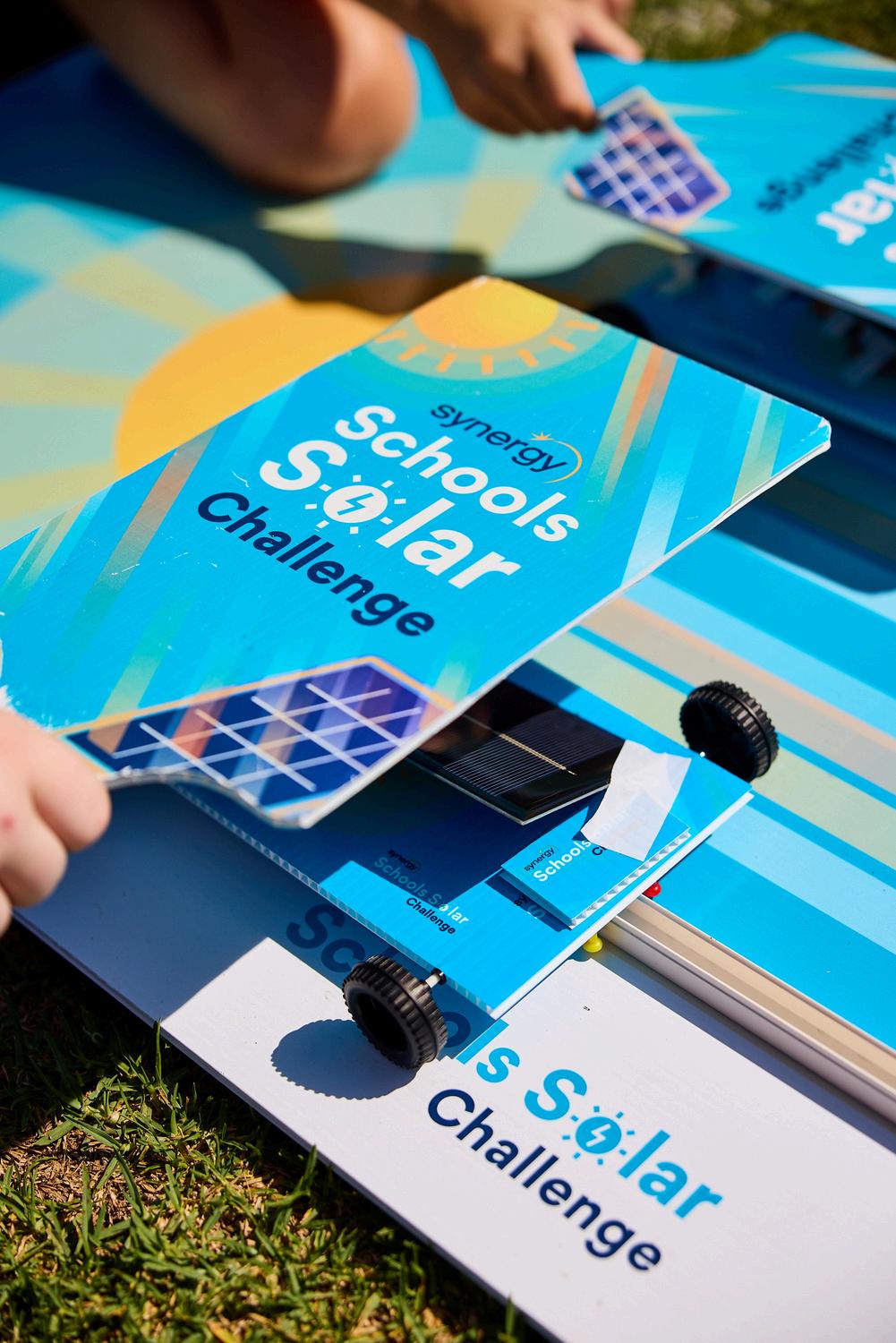



The STAWA Primary Science Committee is excited to announce an Open Lab afternoon at on
Thursday, 29 March 2025 from 3:30 pm - 4:30 pm
This opportunity is kindly offered by
This is a great opportunity for Primary Science Specialists to see how others operate either in their purpose-built laboratory or a re-purposed room Of course it is a great opportunity to network too.
Please note that this is a FREE event, however, you must RSVP by Wednesday, 28 May 2025
Would you like to offer your lab to be part of this program? Let us know by emailing the STAWA Primary Science Committee at primaryscience@stawa.net.
We hope to offer an Open Lab session each term. We need both NOR and SOR labs! As the host or an attendee, you are able to use these sessions for PL records.

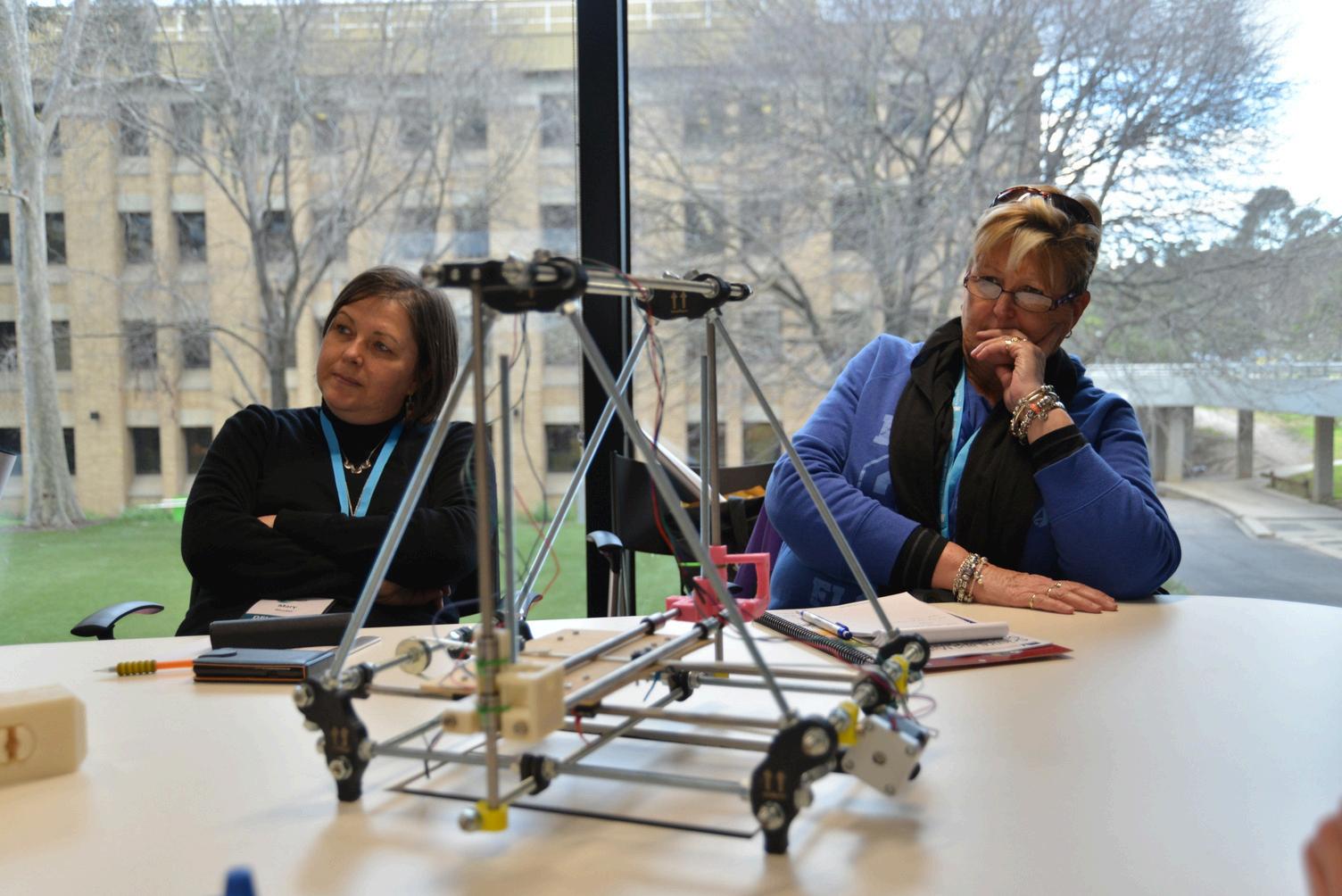
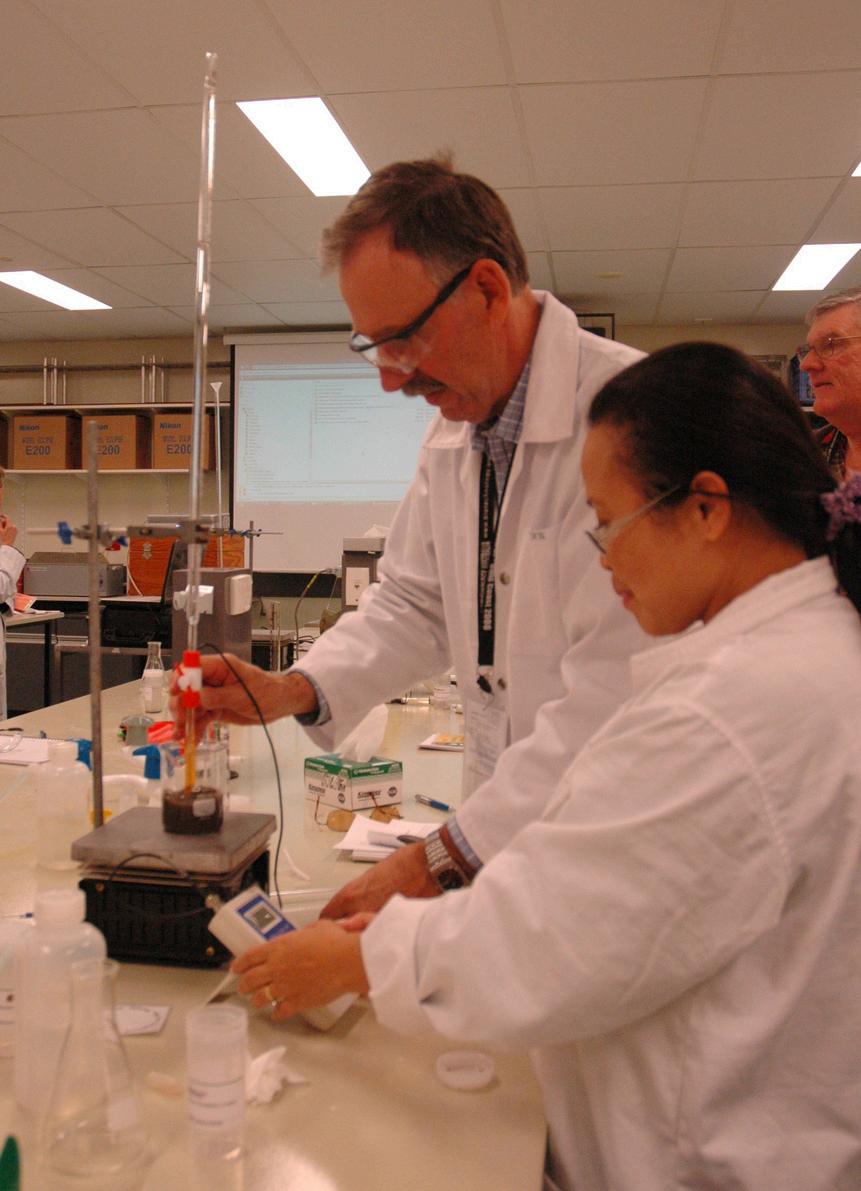
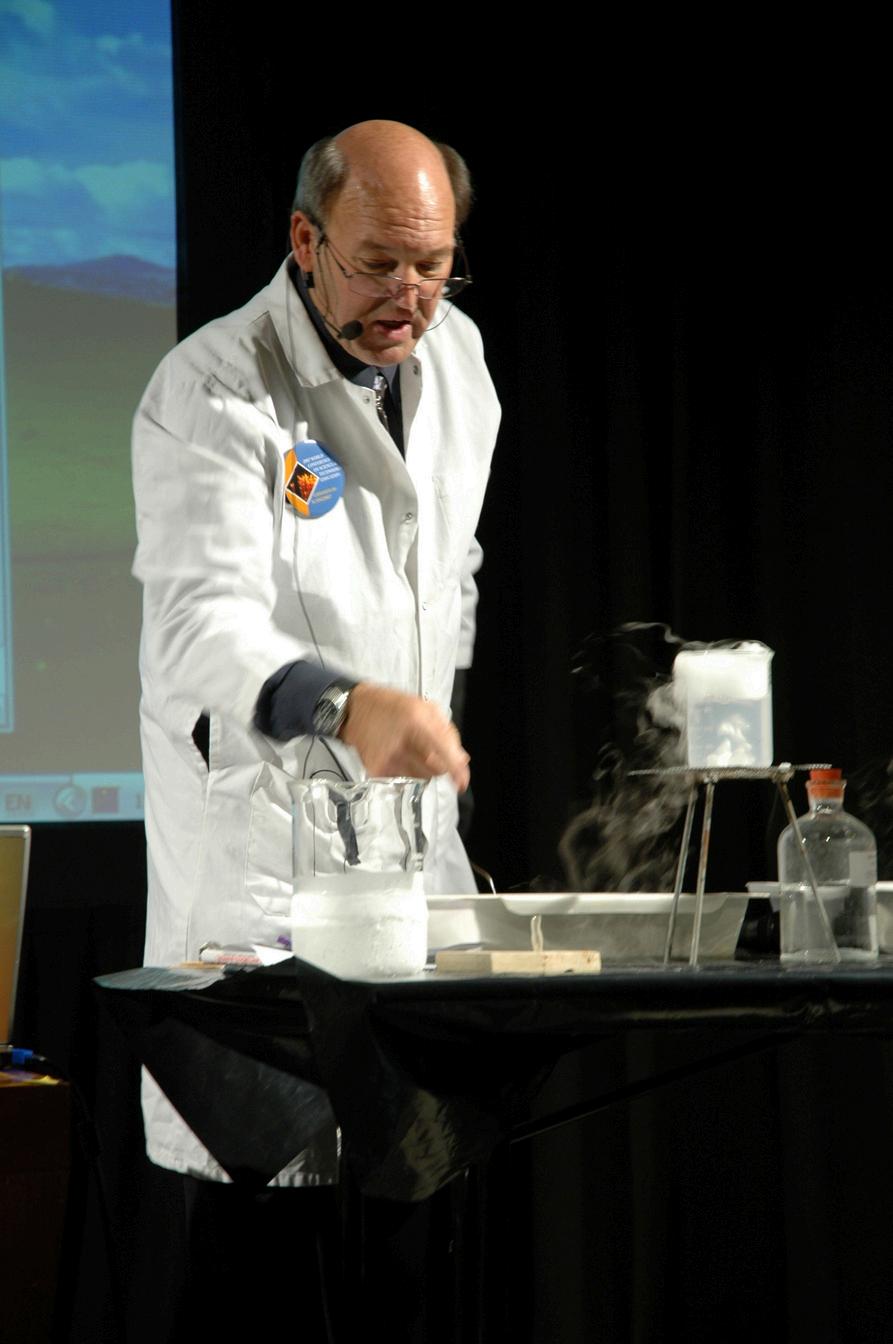
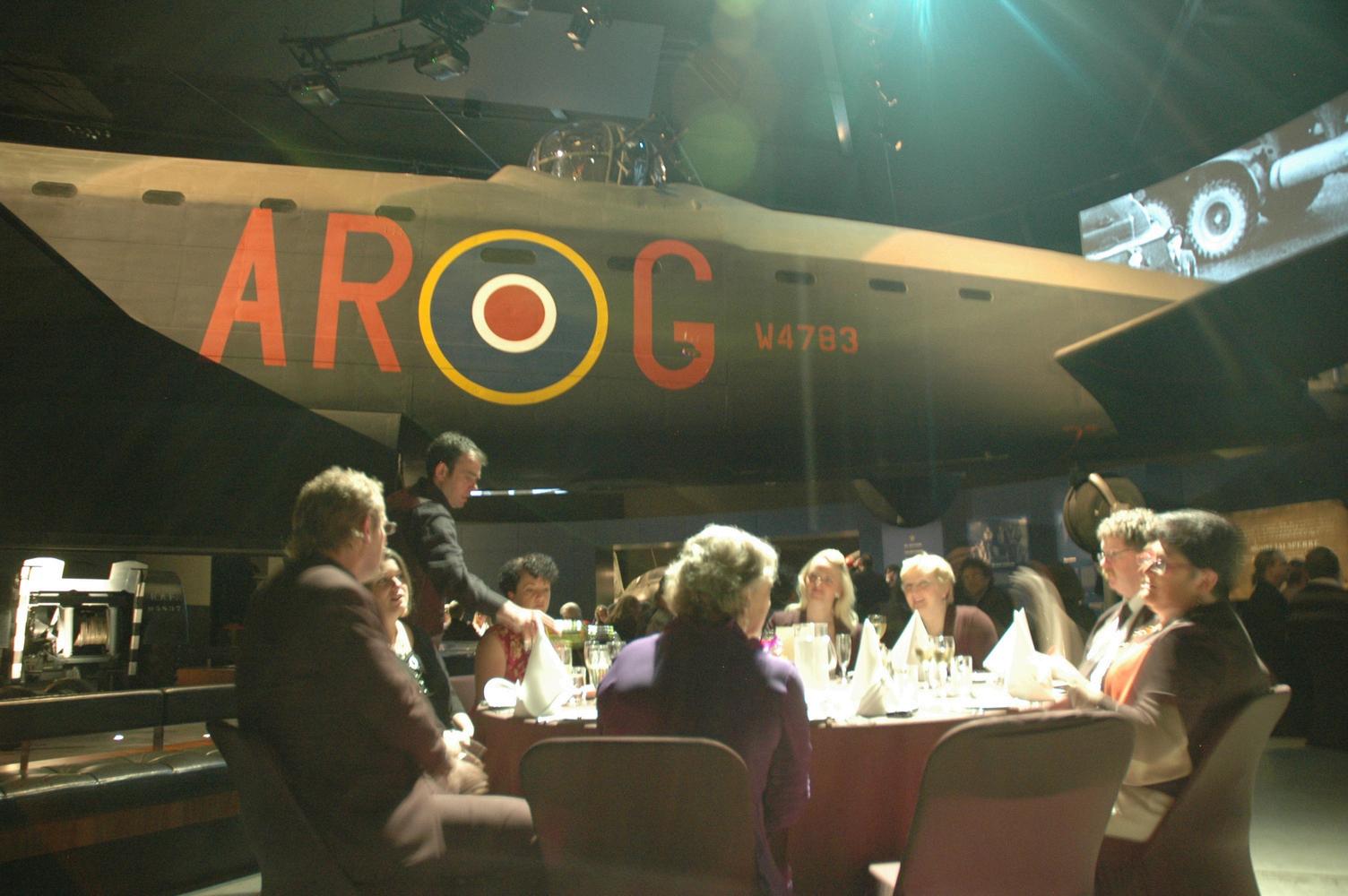
Join science educators from across the region for a dynamic, in-person professional development experience.
From expert-led seminars to collaborative labs, ConASTA 72 offers practical strategies grounded in current research.
Engage face-to-face, build your network, and deepen your impact.
Registrations for ConASTA 72 are still open until Monday, 30 June 2025! Click the link below to attend this premier event for science education.


MONDAY,7JULY2025
Kick off your first night in Perth with an unforgettable evening at Scitech!
Attendees will get an exclusive after-hours access to WA’s iconic Science Discovery Centre - including the Planetarium! Explore interactive exhibits, enjoy a live science show, and be inspired by a special presentation from renowned astrophysicist, Brad Tucker
Connect with fellow educators over local food and wine as you unwind after Day 1! It’s the perfect way to relax share idea and celebrate the
FORATTENDEES
TUESDAY,8JULY2025
After a full day of exploring the wonders of WA and diving deep into all things science, what better way wind down than with an evening of laughs, friendly competition, and fun facts?

Join us for Stile Trivia Night an exciting, fast-paced quiz showdown designed especially for science educators Whether you're a periodic table pro or a pop culture whiz, there's something for everyone
Don’t have a team? No problem! The Stile team will make sure you ’ re grouped up and ready to go it’s a great chance to connect with fellow teachers from across the country
So grab a drink, find your seat, and get ready to flex those neurons. This is the night you won’t want to miss!



WEDNESDAY,9JULY2025
Join us for an unforgettable evening set beneath the awe-inspiring Blue Whale skeleton in Hackett Hall. Enjoy pre-dinner drinks, great conversation, and immersive exhibits in one of WA’s most iconic venues
This special night features Alec Cole, CEO of WA Museums, as our guest speaker and you're welcome to bring a partner or friend! Celebrate science, culture, and the amazing work of science educators from across the country
Let’s connect, reflect, and make it a night to remember.
We can’t wait to see you there!











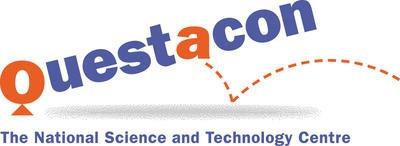


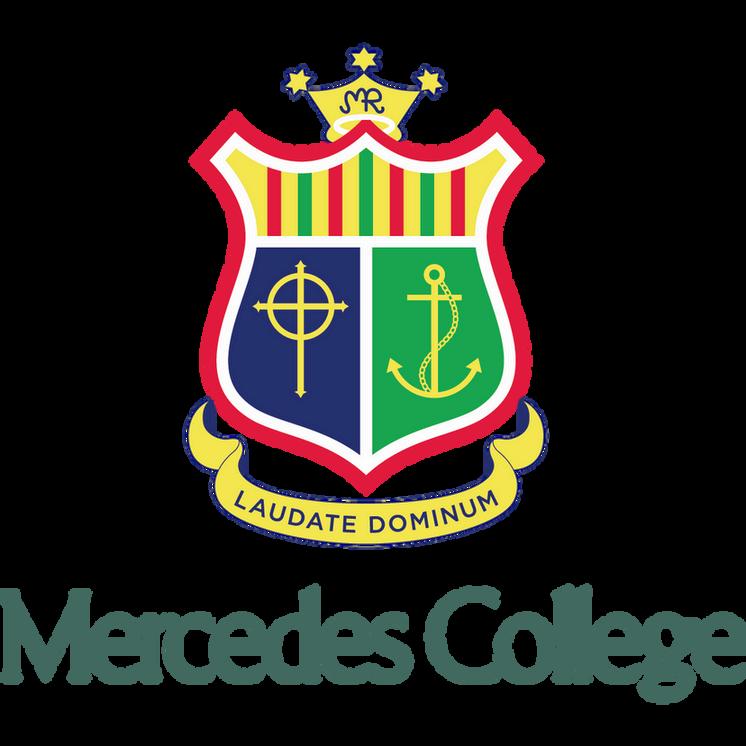


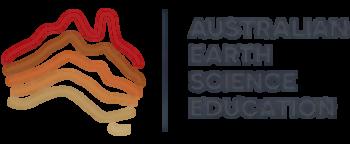
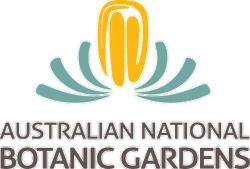
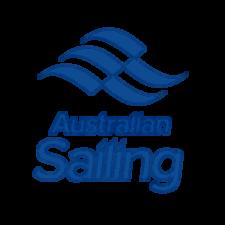





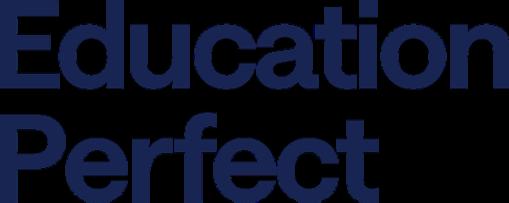

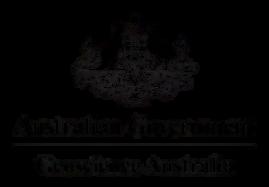





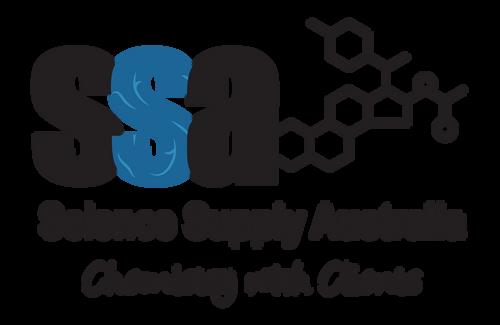









The Science Talent Search is a wonderful opportunity for students from Kindergarten to Year 12 to develop their interests in Science through a competition with a range of categories to suite a wide variety of abilities and interests.
It also provides students with an opportunity to expand their scientific literacy, by showing interest and understanding in the world around them and engaging in discussions about Science.
1.Science Investigation
An investigation is an attempt to find in a scientific way, the answer to an original question
2 Engineering
Engineering is the application of Science, Mathematics, and Technology to invent new products or modify existing products that benefit society
3. Scientific Communication
Communication is important in the Scientific community to inform the public and other scientists about science ideas In the Science Talent Search, Scientific Communication category entries can take the form of:
Science Poster (Years K-2 Only)
Science Video (Years K-12)
Science Photography (Years K-12)
ALL ENTRIES WILL BE RECEIVING A CERTIFICATE.


PRIMARYCATEGORY
Early Childhood (Years K-2), Middle Primary (Years 3-4), and Upper Primary (Years 5-6) will be receiving up to 10 prizes across all categories
SECONDARYCATEGORY
Junior (Years 7-8), Intermediate (Years 9-10), and Senior (Years 11-12) will be receiving 1st, 2nd or 3rd place in each category.
Each year one (1) Primary and one (1) Secondary student are named the STAWA Young Scientist Award. STAWAYOUNGSCIENTISTAWARD
Other prizes of encouragement may also be awarded each year

Promoting creative project work in Science since 1958
The theme for Science Communication - Posters is Decoding the Universe – Exploring the unknown with nature’s hidden language (2025 National Science Week theme) or alternatively, students can do a poster based on any Physical Science theme.
Only entries based on one of these themes will be judged.
Register your school for this year’s competition and further information will be sent to you by mid-July 2025.
School registrations close on Thursday, 3 July 2025.

Are you passionate about science education and inspiring young minds?
We are forming a Science Talent Search Committee to help organise the 2025 competition where students from Kindergarten to Year 12 showcase their best science projects.
We’re looking for enthusiastic volunteers to:
Support event planning and coordination
Work alongside a dedicated team
Help create an unforgettable experience for young scientists
Contribute to a lasting, sustainable program
Express your interest today by following the link below (First meeting coming soon date TBA)

Developed by the Science Teachers’ Association of Western Australia (STAWA), ScienceIQ is proudly supported by the Royal Society of Western Australia (RSWA)
ScienceIQ is an online science quiz for school teams of four students
Teams have one hour to complete up to 12 science questions and problems in two separate rounds of competition Each round is a week apart and teachers choose the days and time to do each quiz To win, students will need to finish in the shortest time with the most questions correct
Participation certificates, first, second and third place prizes, and other great stuff Register via the
Years 5 & 7
Round 1 starts on the week of Monday, 19 May 2025
Round 2 starts on the week of Monday, 26 May 2025
Years 6 & 9
Round 1 starts on the week of Monday, 11 August 2025
Round 2 starts on the week of Monday, 18 August 2025
Year 8
Round 1 starts on the week of Monday, 3 November 2025
Round 2 starts on the week of Monday, 10 November 2025
Log-in details and instructions to access the practice quiz will be sent to the teachers of the registered schools prior to the competition date





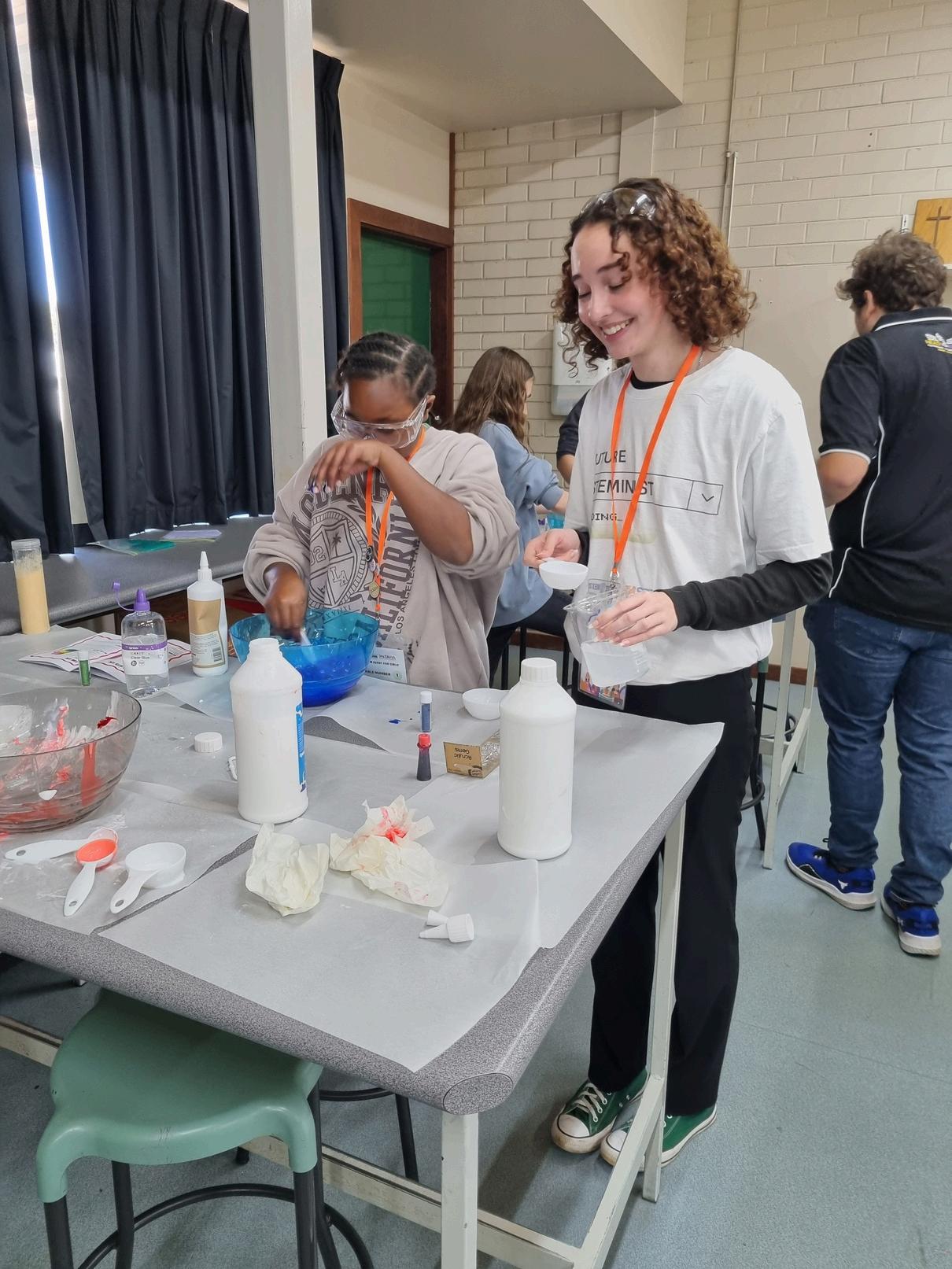


Morning Tea & Lunch provided on the day.
This is a FREE event suitable for students in Years 5-9 and they will get a chance to: meet with female Scientists and STEM professionals from industry and research facilities engage in workshops with hands-on STEM experience, and connect with other students who have attended STEM events locally and nationally.
This event is supported by industry partners and universities within Western Australia and the Southwest region.

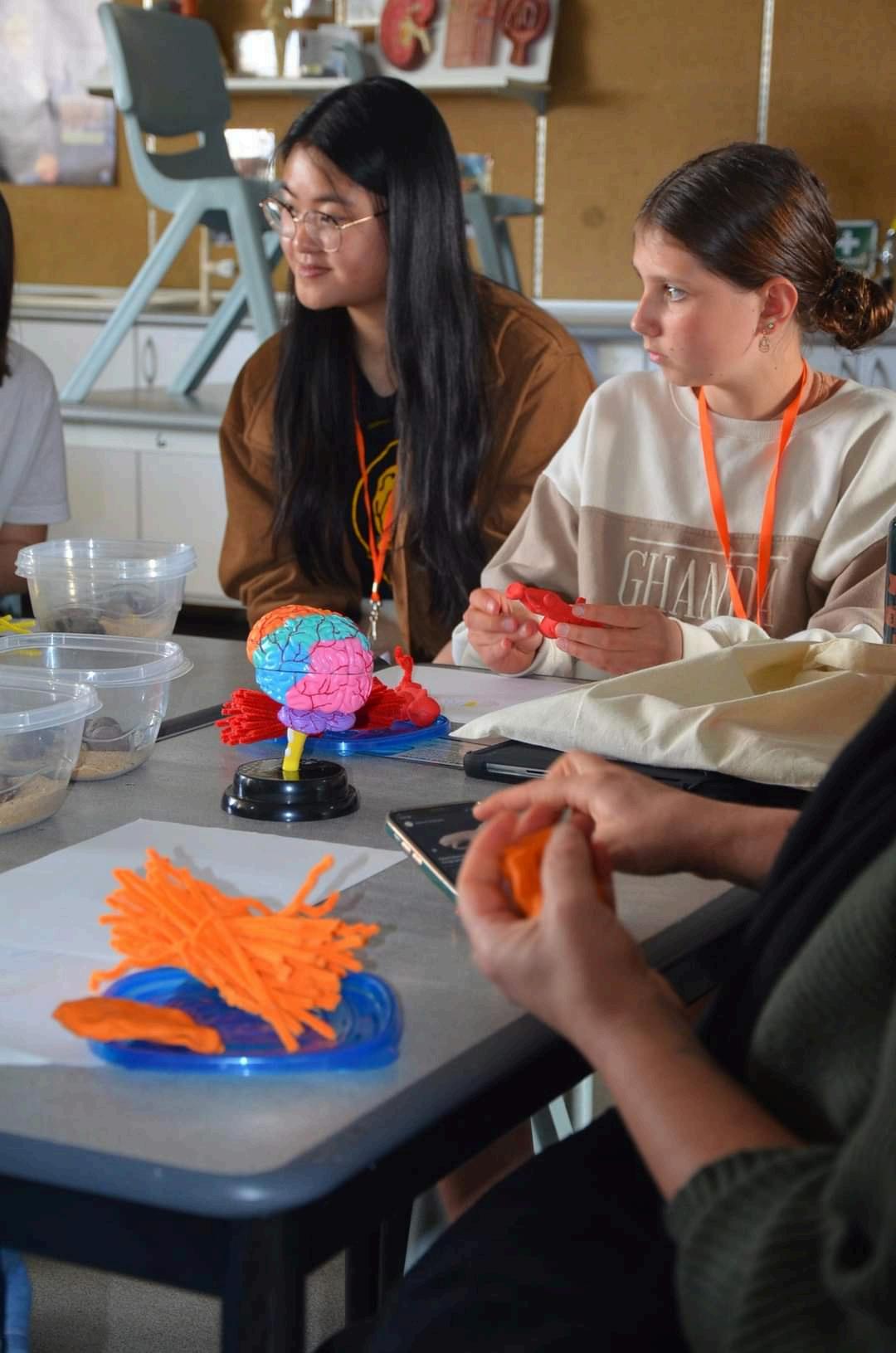
Attendees will receive a FREE showbag on the day!
Registration closes on Saturday, 23 August 2025 Scan the QR code to register



Here are just some of the benefits and opportunities for STAWA Members Please check our website for details, and to find out what else STAWA does - PLUS what STAWA can offer you! (www stawa net)
A range of resources for both Primary and Secondary teachers is available on the website Look for the Resources Tab There are resources available to members and non-members Members can also share resources through the STAWA website You can download resources directly from the website or request to upload resources by contacting the Office (admin@stawa net)
Catalist is an email communications list which reaches over 800 Science Educators and is used to share information, ask questions, and discuss current issues To subscribe to Catalist, look under the Teachers Tab on the website
Full fee-paying members enjoy the benefits of affiliated membership to the national association This includes access to ASTA’s online journal, Teaching Science, and the Chrysalis online learning community
STAWA Members receive:
SCIOS (STAWA online journal)
STAWA SPARKs! (Primary Science Committee online publication)
Teaching Science (ASTA journal),
Information about Science activities for students and teachers
Professional Development & Conference programs
Members receive discounts for STAWA Professional Development Workshops, a range of services and attractions, STAWA texts and resources, plus attendance at STAWA Conferences and events, including:
CONSTAWA (WA Science Educators Conference)
Future Science (WA Science Educators Conference)
Psychology Teachers Convention
Marine and Maritime Teachers Convention
CONASTA (Australian Science Educators Conference, ASTA)
PROFESSIONAL RECOGNITION
STAWA recognition of teacher achievement and service through annual awards –de Laeter Medal
Jeff Cahill Early Career Teacher Award
Support for primary Science teachers is given through the STAWA Early Career Primary Science Scholarship
OPPORTUNITIES
Teaching employment opportunities, curriculum review and development, government policy input, science equipment advice and professional development An independent voice through STAWA’s representatives on many education bodies and committees
WELCOME PACK
New members receive a Welcome Pack containing a Members USB, Pen, and Notepad
STAWA LIFE MEMBERSHIP
Each nomination for STAWA Life Membership is considered on its individual merits Nominations, accompanied by relevant supportive evidence, must be submitted to the President of STAWA Life Membership, if awarded, is bestowed at the AGM Please refer to the specific details on the STAWA website
STUDENT OPPORTUNITIES
Science Talent Search
Physics Day
Synergy Schools Solar Challenge
MEMBERSHIP QUERIES
If you have any queries with regards to your membership, please email us at admin@stawa.net.

YES, of course you can. Contributions from teachers, laboratory technicians, students, academics and industry are all welcome
We are keen to increase the number and variety of types of articles published in the SCIOS So, if the answer is YES to any of the following questions, please consider submitting an article to the editor
Have you recently conducted an experiment (investigation or hands-on activity) that worked well?
Is there a great demonstration that always gets your students’ attention?
Have you tried a new teaching technique that really engaged your students?
Do you have some helpful hints for new (and not-so-new) teachers?
Are there some safety hints and tips that you would like to pass on?
Are you using some new technology that has improved the effectiveness of your students’ learning?
Are your students involved in a science project outside of school?
Have you recently attended a useful/interesting professional development activity?
Email your contributions to admin@stawa net.
These notes are a brief guide to contributors who should also refer to recent issues of the journal for guidance with style
Longer articles - should not normally exceed 3000 words plus figures, tables and any references Please use headings and sub-headings to give your article structure
Shorter articles - We also welcome shorter articles of approximately 500-1000 words plus figures, tables and any references Again, use of headings and subheadings may assist to give your article structure
Send the following to the editor:
1 Please send your document as a word file with photographs and other images embedded where you need them to be
2 Photographs and other images (e g diagrams) should be sent as separate files
3.Photographs often increase the clarity and interest level of your work Send your photographs as tiff or highest quality jpeg files with a resolution of at least 300 dot per inch (dpi) Note to teachers: a signed parent permission slip must be obtained for any photographs of students to be included in SCIOS.
4.Copyright for any part of your contribution that is copyright of a third party needs to be obtained in writing (email acceptable)
No other publisher should have published your manuscript, nor should you submit for publication elsewhere If SCIOS publishes your manuscript then your text and graphics will become copyright of STAWA STAWA will, however, agree to your use of the contents of your paper for most reasonable non-commercial purposes
Contact admin@stawa net to submit your articles

